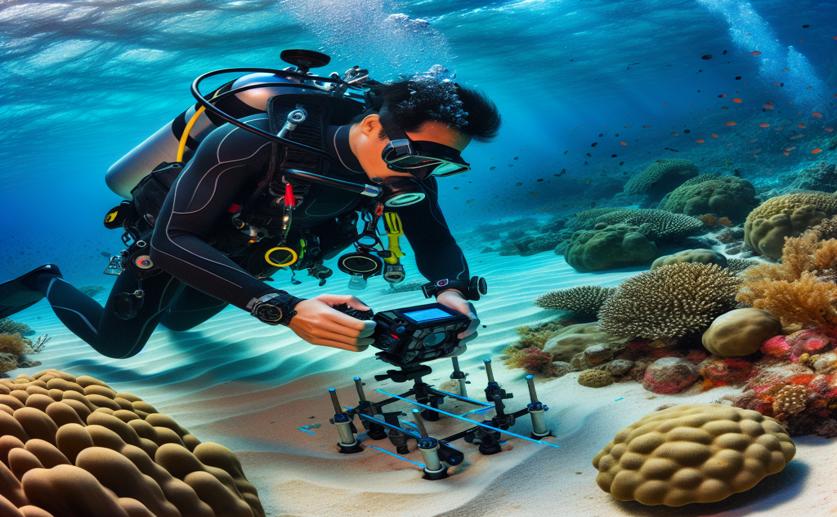
Measuring the Depth of Coral Sand with Combined Techniques
Greg Howard
4th March, 2024

Image Source: Natural Science News, 2024
Key Findings
- Scottish study used sonar (SBP) to measure maerl bed sediment, crucial for carbon storage
- Healthier maerl beds have thicker sediment, averaging 1.08 meters deep
- Environmental factors like water depth influence maerl bed health and sediment thickness
References
Main Study
1) Sounding out maerl sediment thickness: an integrated data approach.
Published 3rd March, 2024
https://doi.org/10.1038/s41598-024-55324-x
Related Studies
2) Redefining blue carbon with adaptive valuation for global policy.
3) A multi-approach inventory of the blue carbon stocks of Posidonia oceanica seagrass meadows: Large scale application in Calvi Bay (Corsica, NW Mediterranean).
4) Quantifying blue carbon stocks and the role of protected areas to conserve coastal wetlands.



 28th February, 2024 | Greg Howard
28th February, 2024 | Greg Howard